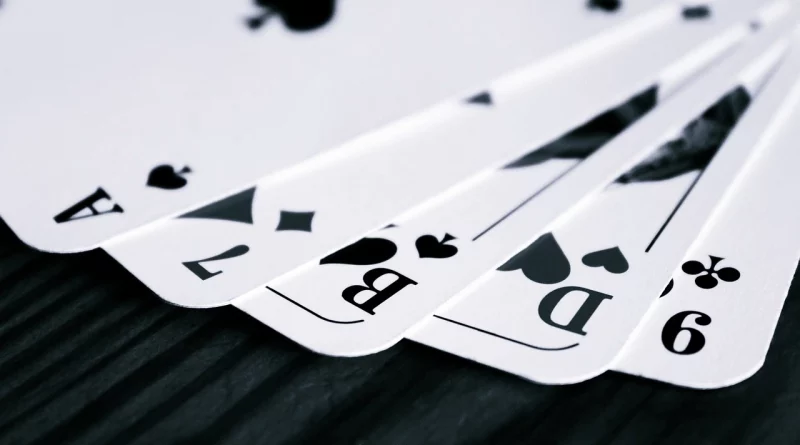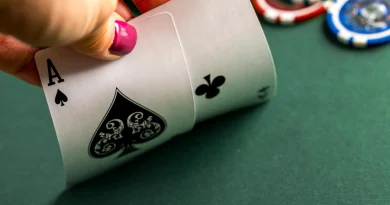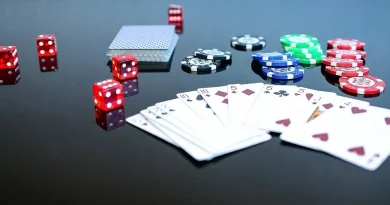What is pontoon card game?
Pontoon is a fascinating card game, intimately linked with the renowned game of Twenty-One. Its history traces back to 17th-century Spain, from where it spread across Europe and eventually reached American shores in the early 19th century. It’s a cousin of Blackjack, both stemming from the early British interpretation of Vingt-Un.
A short history of the Pontoon card game
Interestingly, in the throes of the First World War, it became known as Pontoon among British soldiers. It appears the name change was a playful twist on its original French moniker. The game is special in a way; its rules aren’t set in stone and often vary locally, which adds a layer of unpredictability and fun.
Pontoon holds a cherished spot in the realm of card games. Families enjoy it as a pastime, and it is particularly popular among young folks and military personnel. Back in 1981, it was the third most-played card game in Britain, trailing only Rummy and Whist. Its appeal lies in its simplicity – anyone can pick up the game in just a few minutes and have a ball. Truly, Pontoon is a uniquely entertaining card game that brings people together. Seeking an answer to is counting cards illegal? Dive into our detailed guide to find relevant information
Rules and cards used in Pontoon
Pontoon is typically played with a standard French-suited deck of 52 cards, excluding Jokers. The Ace can score either 1 or 11, court cards have a value of 10, and pip cards carry their face value. If a player’s first two cards are an Ace and a court card or an Ace and a Ten, it constitutes a ‘natural’ or a ‘natural vingt-un’, scoring a perfect 21.
| Card Type | Value |
|---|---|
| Ace | 1 or 11 |
| Cards from 2 to 10 (Number cards) | Value equal to the number on the card |
| Jack, Queen, King (Face cards) | 10 |
| Natural Pontoon (Ace + 10 or Face card) | 21 |
Vingt-Un as played in 1800
The dealer distributes two cards to each player and subsequently gives them a choice to ‘stand’ or ask for another card. Should the player exceed a score of 21, they pay their stake to the dealer. But if they have exactly 21, it becomes a drawn game against others with 21. The dealer pays out and collects single stakes depending on players’ scores, and double stakes to/from those having a natural vingt-un.
Revised rules of Vingt-Un in 1850
By 1850, the play had elaborate rules where deals rotated when a natural vingt-un occurred. Players set a stake, and the dealer could declare ‘double’ to double up all the stakes. If the dealer draws exactly 21, the dealer collects double stakes excluding ties, and if exceeded 21, pays all who stand. If a player gets a natural vingt-un and the dealer doesn’t, they only transact with the dealer and not other players.
Vingt-et-Un (Pontoon) in 1939
By 1939, the game had evolved to Vingt-et-Un (Pontoon) where the player with the highest card became a dealer. Taking turns, players were allowed to ‘buy’ or ‘twist’ more cards, ‘stand’ when satisfied, and announce ‘busted’ if exceeded 21. Dealers’ rules were also elaborated similarly.
Modern-day Pontoon
Fast forward to 2011 and the Pontoon rules show severe changes. Dealers cannot see their cards nor can they double stakes. Players can ‘stick’, buy or twist. A player could not buy the fifth card unless they held at least 12 points. Furthermore, transactions now occur directly with the dealer, exceptions being double payouts with a pontoon. Also, a player beating a dealer with a pontoon can take the dealer position.
Such is the evolution of Pontoon from 1800 till now. Its rich history is well-captured in varying rule changes that reflect how the game was adapted over centuries to mold its current form.
Unleashing the power of the five-card trick
Unlike Blackjack, Pontoon places considerable weight on the number of cards in your hand. If your hand reveals a low score, striking a balance between getting closer to 21 and accumulating five cards can tilt the odds in your favor. Remember the rule; a five-card hand, also known as “Five Card Trick,” always outclasses other hand combinations, paving your way to victory.
Utilize the advantage of the private card
In Pontoon, how you wager based on your private card can have significant strategic implications. For instance, if it’s a low-value card, betting the maximum is advisable. The rationale is straightforward; a lesser value private card increases your shot at a Five Card Trick, even if a Pontoon is a distant dream.
Conversely, if the private card turns out to be an Ace, betting the maximum becomes even more crucial. An Ace boosts your chances of achieving a Pontoon, the game’s highest hand.
When you reveal a face card that’s not an Ace in your private card, a balanced betting approach works best. Here’s why – while a face card can evolve into a hyped Pontoon, it also runs a risk. You’re just as likely to bust or fall short of 21, making striking that balance between betting high and low crucial.
The ace factor in Pontoon
If you happen to get an Ace but miss out on a Pontoon, don’t lose heart. The beauty of Pontoon lies in its flexibility. An Ace can turn into either 1 or 11, offering a lifeline if you’re on the verge of busting. Having an Ace gives you the freedom to hit more times without worrying about exceeding 21; if you’re to bust, your Ace magically morphs into a 1, saving the day!
Summary
Mastering Pontoon requires a keen understanding of when to “stick,” “twist,” or “buy.” Keeping these strategies in mind while playing Pontoon can enhance your gameplay and increase your chances of success in this fun-filled card game. Remember, in the end, Pontoon, like any card game, should be about enjoying the experience!
FAQ
Pontoon is a popular card game closely related to blackjack and the game of Twenty-One. Its origins can be traced back to 17th-century Spain.
The name Pontoon appears to have been adopted by British soldiers during World War I, as a playful twist on the game’s earlier French name.
In Pontoon, players are dealt two cards each and have the option to ‘stand’ or request another card. If a player exceeds 21, they have to pay their stake to the dealer. If they score exactly 21, it’s considered a draw, and if a player’s first two cards are an Ace and a 10 or court card, it constitutes a ‘natural’ or a ‘natural vingt-un’, scoring a perfect 21.
Pontoon’s rules have undergone significant changes since its inception in the 19th century. These modifications are evident in the rotation of deals, the proceedings of games compelling dealers to declare “double”, and transitions of the dealer’s position in the game.
The Five Card Trick in Pontoon refers to a player holding five cards that do not exceed 21. Despite the total not being 21, this hand is considered strong and often leads to victory.
If a player draws an Ace, it is recommended to place a maximum bet as getting an Ace improves the chances of achieving Pontoon, the highest hand in the game. The Ace’s flexibility to count as either 1 or 11 can also be used strategically to avoid busting.




